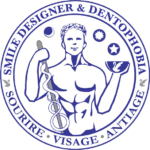OUR SOLUTION N°5: SMILE RED FLAG MCI
THE AESTHETIC CHALLENGE: SMILE TEETH
A SMILE TOOTH IS LOST OR BROKEN
MCI IMPLANTOLOGY REPLACES YOUR SMILE TEETH
A SINGLE "ONE SHOT" PROCEDURE - UNDER IV SEDATION
SMILE DESIGNER SOLUTION NUMBER 5: THE "SMILE RED FLAG"
AN"AD INTEGRUM" RESTORATION OF YOUR SMILE'S AESTHETICS
IMPLANT SURGERY IN A "ONE-SHOT" OPERATION
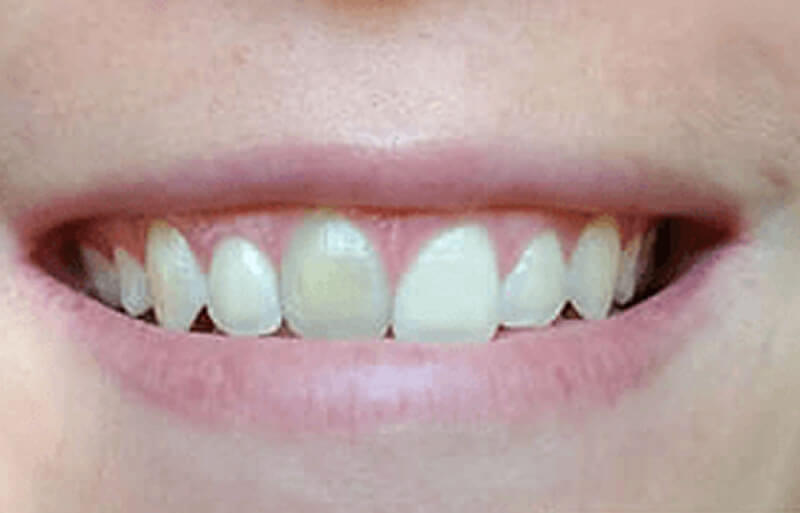
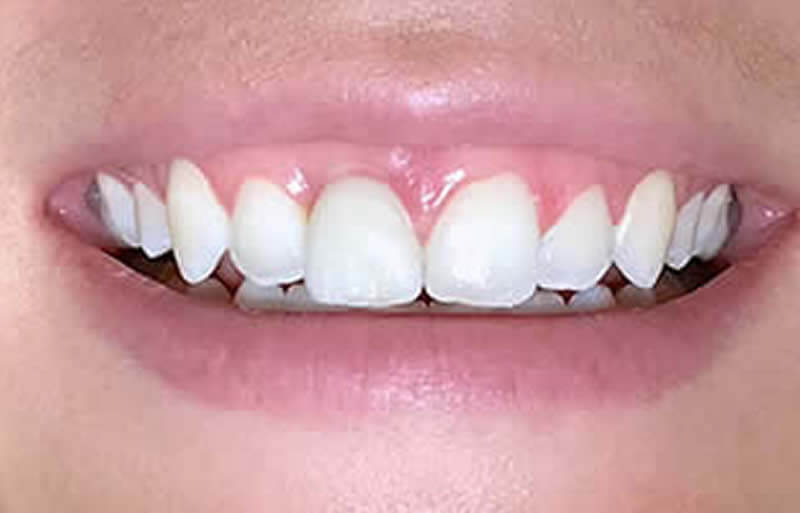

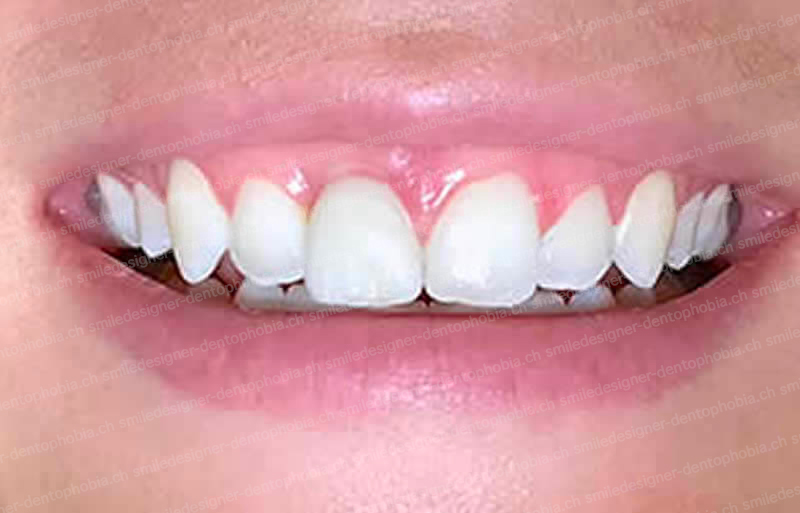
OUR SOS PROTOCOL FOR SMILE TEETH: THE "SMILE RED FLAG"
ANTERIOR IMPLANT PLACEMENT WITH IMMEDIATE AESTHETIC ENHANCEMENT
A "ONE-SHOT" SOLUTION FOR REPLACING SMILE TEETH
WE MEET THE GREATEST AESTHETIC CHALLENGE IN IMPLANTOLOGY
if your smile has lost a tooth an implant to replace it immediately
A dental implant is designed to replace an extracted tooth: in the case of a smile tooth the technical difficulty is to restore the aesthetics
The aesthetics of the teeth of the smile depends on two major elements:
– On the one hand, the regular scalloping of the gum around the tooth;
– On the other hand, the perfect mimetic of the ceramic cosmetic of the prosthetic crown that replaces the natural crown of the tooth.
The protocol for tooth replacement is as follows:
The dentist is faced with three different situations.
First situation: the tooth has already been extracted a long time ago.
In this case, the bone may have resorbed horizontally and the ridge is no longer rounded but beveled.
It is also possible that the top of the bony ridge in this area is vertically resorbed.
That is, the bone level where the tooth is missing will be offset from the general bone level. This is very hard to make up for. Because it creates a niche shape. In this situation, the general protocol is to perform a horizontal appositional bone graft at the time of implant placement for immediate esthetics.
Or possibly, to perform a pre-implant preparation surgery with, for example, a segmental osteotomy protocol to vertically raise the bone level.
Second situation: the tooth has been extruded very recently and the socket is still fresh
In this case, it is classic that the tooth has been dislocated. It will be necessary to verify that the external cortex of the alveolar bone has not been fractured. A CT scan is essential. In some cases of severe impact, the palatal or lingual cortex may also be broken. This poses a problem because its fragments must be extracted imperatively in order to avoid the risk of infection of the sequestration.
In some cases, these fragments can be fixed with osteosynthesis screws.
Third situation: the tooth has not yet been extracted but is scheduled to be extracted during the implant procedure.
The recommendations are the same as in situation number two: that is, the alveolar bone must not have been too traumatized.
Obviously, when extracting the tooth, care must be taken not to traumatize the alveolar bone. In particular, the palatal cortex on which the implant will rest must be kept as much as possible. The vestibular cortex is less important since a bone graft is systematically used in our MCI implant placement protocols.

Our clinical outcome:
The replacement of maxillary smile teeth with a dental implant and an esthetic implant-supported crown, first provisional with a composite cosmetic, then definitive with a ceramic cosmetic. Here on the picture.
In these images of clinical results: replacement of a right central incisor with a severely rhytized root that condemned it in the short term.
The result after six to twelve months of healing.
See details of the protocol and clinical cases in the corresponding chapters.
Disclaimer: Even though we show satisfactory clinical results in our presentation photos, they can in no way be promises of similar success in your own clinical situation. Each person is different and each clinical case is unique.
YOU ARE UNIQUE!
CLINICAL CASES OF SMILE TOOTH REPLACEMENT
WITH OUR "SMILE RED FLAG MCI" SOLUTION 5
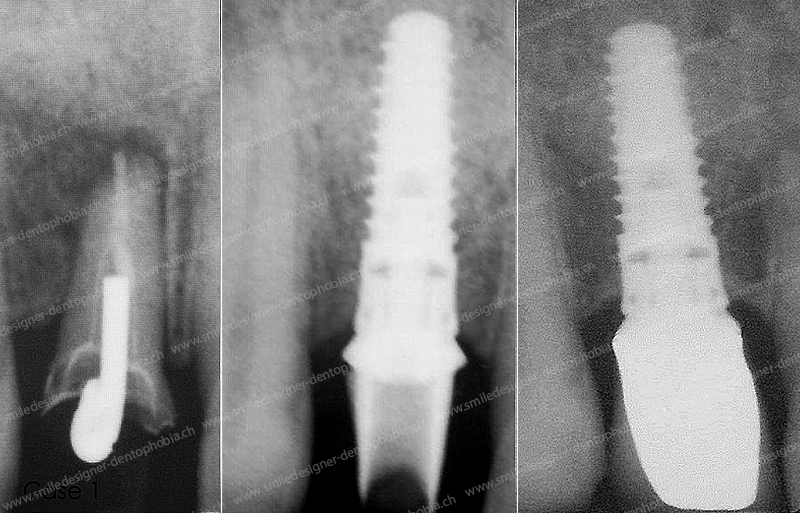
Our clinical outcome:
The replacement of maxillary smile teeth with a dental implant and an esthetic implant-supported crown, first provisional with a composite cosmetic, then definitive with a ceramic cosmetic. Here on the picture.
In these images of clinical results: replacement of a central incisor following a frontal lime.
The result after six to twelve months of healing.
See details of the protocol and clinical cases in the corresponding chapters.
Disclaimer: Even though we show satisfactory clinical results in our presentation photos, they can in no way be promises of similar success in your own clinical situation. Each person is different and each clinical case is unique.
The placement of an implant in immediate aesthetic to replace a tooth of the Smile
If the case is favorable, i.e. if the bone cortex is not too destroyed, it is possible to place a dental implant with immediate loading by means of a temporary crown that also provides immediate aesthetics.
Replacing an anterior tooth, such as an incisor for example, without aesthetic prejudice is now possible thanks to the contribution of immediate aesthetic implant placement protocols, generally associated with a bone graft.
This graft is always associated with the contribution of growth factors in various forms of PRF either membranous or liquid.
Sometimes even a contribution of connective tissue is recommended.
The surgical protocol is almost always the same, except for a few possible variations that are adapted to the clinical case:
We have described in the previous paragraph the three main possible initial situations. Regardless of how the initial situation is managed, the protocol for placing an implant to replace a smile tooth is almost always the same.
It starts with the debridement of the socket if there is one and the placement of the implant with a desired primary fixation of minimum 35 Newton of torque.
The gingiva is peeled off and a bone graft is inserted vestibularly to reinforce the external alveolar cortex in front of the implant.
This graft is usually a mixture of human bone of the allograft type and a mixture of bovine bone of the xenograft type.
It is systematically mixed with PRF in its liquid form: that is, autologous platelet concentrates. Blood sampling by phlebotomy was performed extemporaneously. Blood tubes were centrifuged according to the appropriate PRF protocol. Platelet concentrates are mixed with bone bank. This mixture is placed at the vestibular level and in the bone hiatuses around the implant. Then FRP membranes, also made extemporaneously, are placed in the site around the implant in order to reconstitute the gingival connective tissue.
If there has been a particular gingival loss, it is sometimes necessary to add a connective tissue graft taken from the palate.
The whole is sutured.
A provisional crown with an aesthetic, resilient composite cosmetic is attached to the implant so that the gingival connective tissue can heal around a tooth form and (in the best case) reconstitute interdental gingival papillae.
After four months this temporary prosthesis can be replaced by a permanent crown
A permanent crown will replace the temporary one. It should have a ceramic cosmetic as mimetic as possible and in relation to the other teeth.
Usually, patients take advantage of this bad adventure to have their teeth whitened before making a crown on the implant as clear as possible.
In fact, after the crown is placed and if patients want to whiten their teeth, the crown cannot be lightened.
It is therefore the most opportune time to do this kind of beauty.



